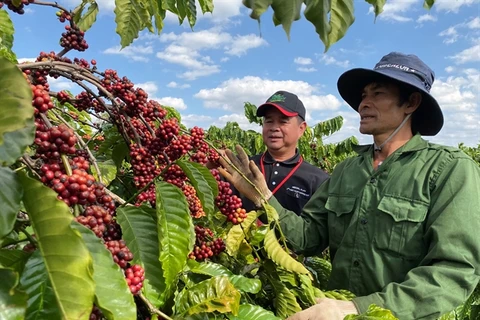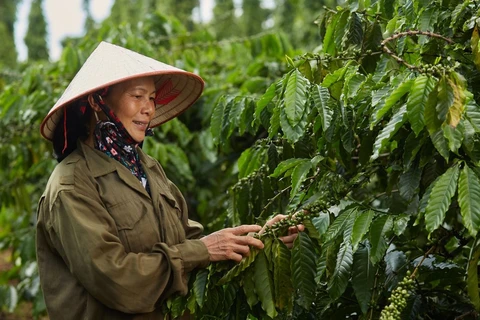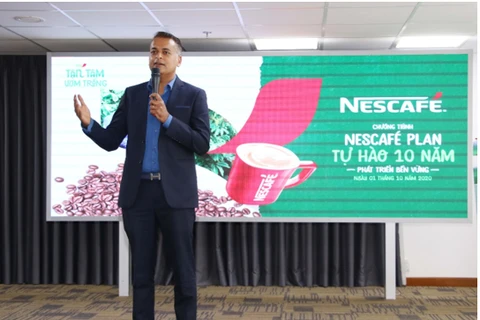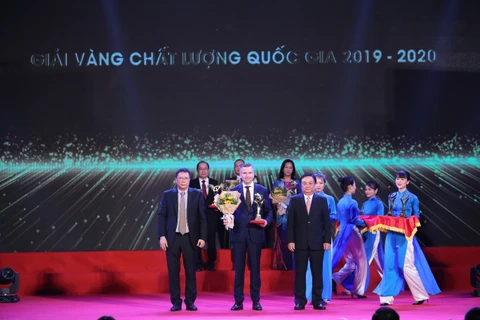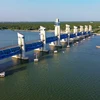Hanoi (VNA) - Nestlé Vietnam and Nestlé Waters’ bottled water brand La Vie have announced their stronger cooperation in sustainable water resources management and production.
Their cooperation will expand the engagement of other partners like businesses, farmers, and experts to help regenerate local water cycles, as part of efforts to realise Nestlé’s recently announced commitment.
According to the commitment, Nestlé will invest 120 million CHF (130 million USD) to assist the implementation of the more than 100 projects that will advance the regeneration of local water cycles across Nestlé Waters' 48 sites by 2025.
Nestlé's works will be tailored to individual locations, needs and issues such as offering support for the regeneration of forest and wetlands. The company will join local water users, communities, partners and global experts to identify, develop and progress projects specific to the water challenges.
La Vie is supporting other businesses with technical solutions and equipment, helping them reduce 80 percent of the water amount used for machine cooling systems and limit the use of water from nature. La Vie will also study to expand cooperation so that other businesses can reuse wastewater for some industrial production stages that are using groundwater.
Meanwhile, via Nestlé Vietnam’s sustainable coffee development programme, farmers can save more than 40 percent of water volume but still achieve the same productivity as expected.
According to the Food and Agriculture Organisation (FAO) of the United Nations, on average, agriculture accounts for nearly 70 percent of the water drawn from surface or groundwater globally, mainly for irrigation. The percentage for industrial production is 19 percent. Therefore, solutions to save water in the two activities can help reduce the exploitation of water from nature./.
According to the Food and Agriculture Organisation (FAO) of the United Nations, on average, agriculture accounts for nearly 70 percent of the water drawn from surface or groundwater globally, mainly for irrigation. The percentage for industrial production is 19 percent. Therefore, solutions to save water in the two activities can help reduce the exploitation of water from nature./.
VNA

